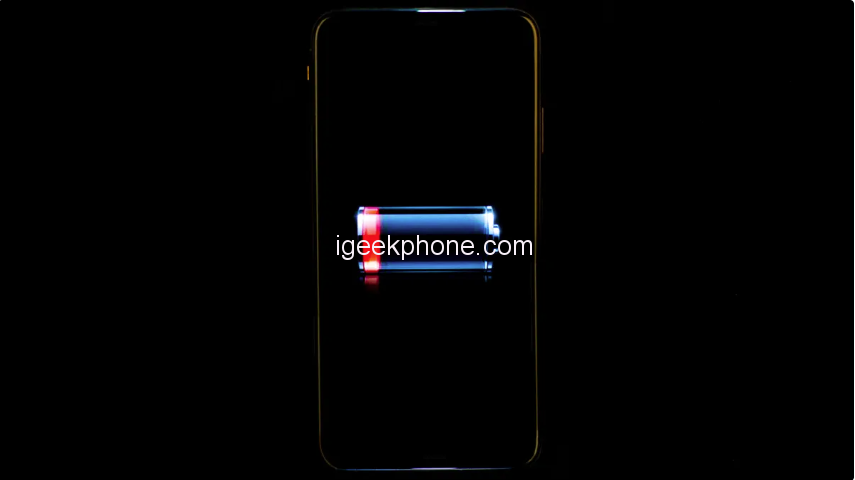In times of blackout or when we are far away from conventional power sources, the remaining charge on our phone becomes incredibly crucial. If we have planned and have a battery pack, solar charger, or charged power station at our disposal, the situation isn’t too dire (unless it’s an apocalyptic scenario). But what if we don’t have these options? No need to worry. Even when the Power Outage happened, there are still some alternatives for charging your phone.
Utilize your car’s power
The most obvious solution is to use your car. Most modern cars come equipped with USB ports, and car batteries serve as substantial power sources. If there’s fuel in your car, you essentially have a somewhat inefficient and complex generator readily available. Additionally, electric vehicles function as massive batteries, offering an alternative power supply.
If your car lacks a USB port, but you had the foresight to acquire a jump starter kit, chances are you’re still in luck. Many jump starters come with built-in USB ports.
Try a manual charger
For those who frequently camp or hike, crank chargers are a familiar concept. However, if you’re new to them, they are a valuable investment for emergency preparedness. Most crank chargers even include a radio and flashlight, apart from their primary function of charging phones and other small devices through physical effort. Some models offer options for solar charging or using AAA batteries as well. Although a few minutes of cranking may only give you a small percentage of the charge, it can be sufficient for making an emergency call or conducting a quick search for crucial information.
Harness the power of fire
Believe it or not, you can use wood or any other combustible material with devices like the BioLite Campstove 2+ to charge your phone. This stove serves dual purposes: cooking heat and power generation. While it won’t provide a significant amount of power, you can charge your phone to minimal levels, even in the absence of electricity or sunlight. The Campstove 2+ includes a built-in battery, allowing you to charge your phone minimally at any time once the stove’s battery is charged.
Batteries can give a slight boost
As a last resort, you can resort to a makeshift method using regular batteries like 9-volts or AAAs to generate a slow, minimal charge for your phone. The easiest option is a 9-volt battery, commonly found in smoke detectors. However, please note that you should never remove the battery from a smoke detector to charge your phone.
Here’s what you’ll need for this method:
Plug your charging cable into the charger and attach a key or paperclip to the side of the charger, ensuring it touches the negative terminal and that the bottom aligns with the positive terminal (refer to a detailed guide for assistance).
Secure it with a twist tie, then connect the positive terminal of the charger and the negative terminal of the key/paperclip to the corresponding positive and negative terminals of the battery.
Your phone will start to charge at an extremely slow rate. Although a single battery will only provide a small amount of charge, it can suffice for quick emergency actions.
You can also attempt this method with other batteries like AAs or AAAs, but it becomes more complex as you’ll need to connect multiple batteries and strip the insulation off your charging cable. While it’s not overly difficult, using a 9-volt battery is simpler and avoids damaging your cable.
During emergencies, maintaining communication is crucial. If you find yourself in a situation where power is scarce and your phone is dying, these alternative charging methods might just come to your rescue.
Read Also: DaranEner NEO2000 Review – Portable Power Station From RCMoment at €885.82
Do not forget to follow us on our Facebook group and page to keep you always aware of the latest advances, News, Updates, review, and giveaway on smartphones, tablets, gadgets, and more from the technology world of the future.









